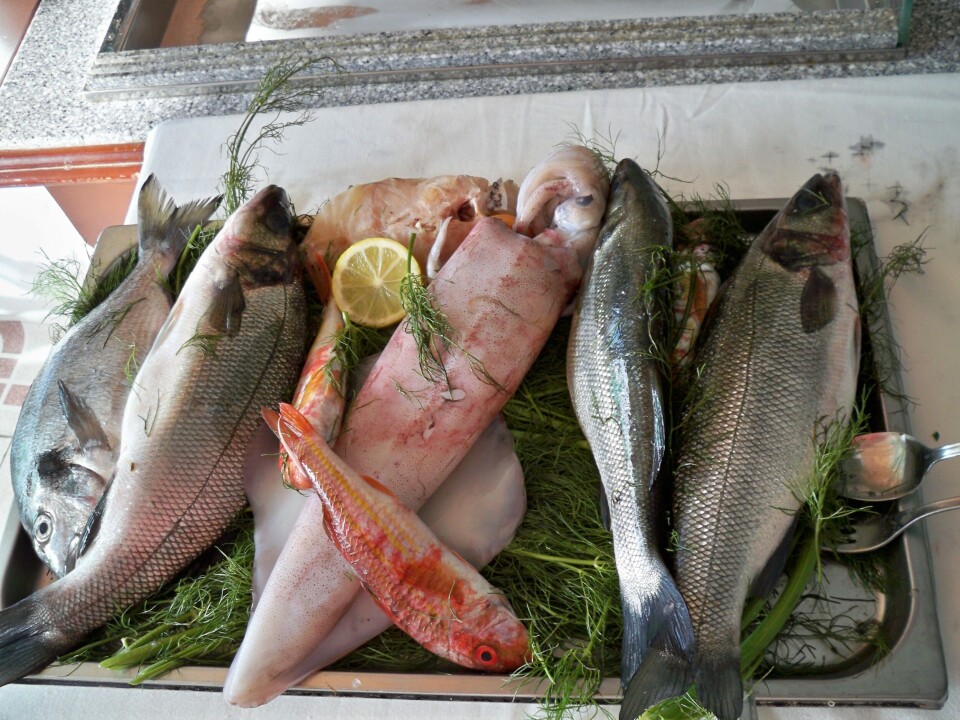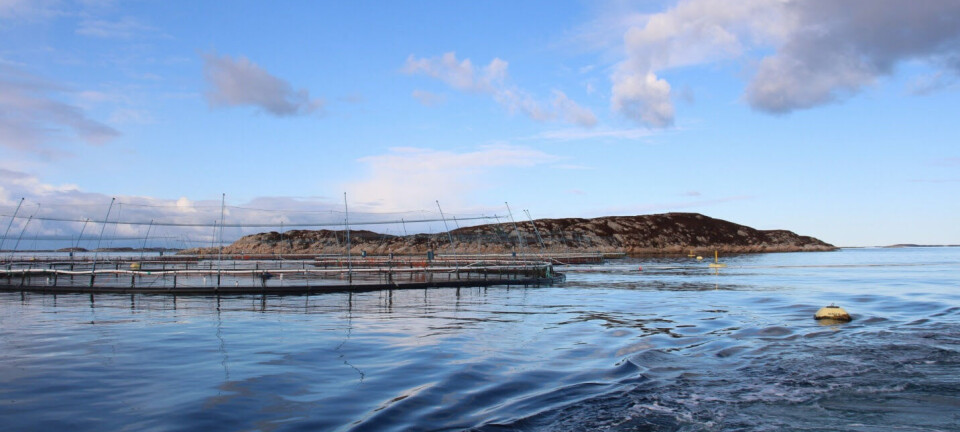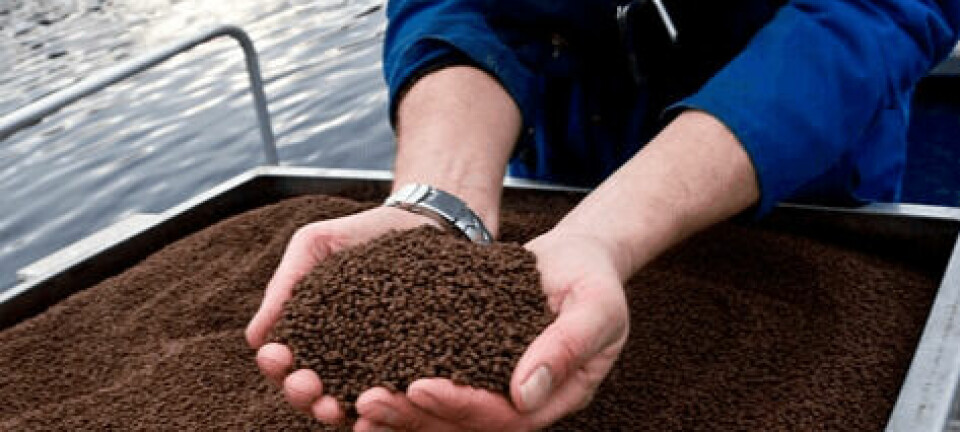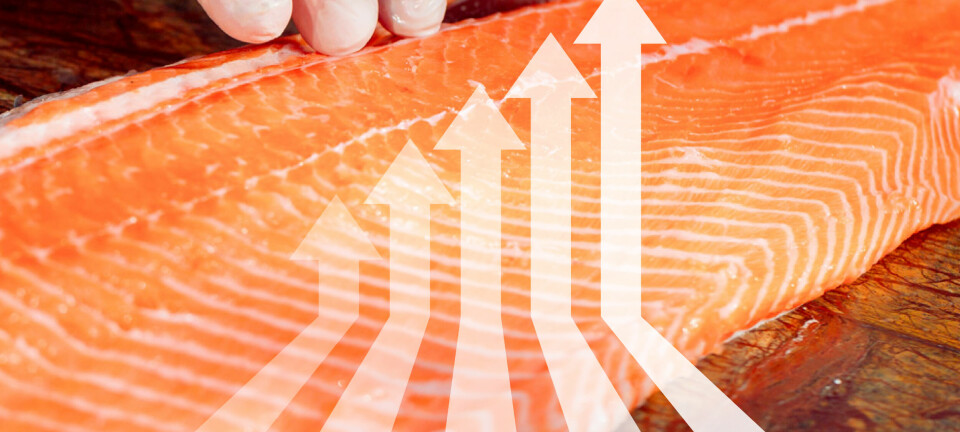
World shortage of fish predicted
In an article posted in the Manila Bulletin, journalist Chito A Chavez provides more details, including the suggestion that more fish and seafood products need to come from aquaculture:
The world is facing a fish supply shortage of around 50 million metric tons (MMT) annually by 2030 if governments fail to develop conservation measures and improve inland fishing technologies and resources, Rohana Subasinghe of the Fisheries and Aquaculture Department of the Rome-based UN Food and Agriculture Organization (FAO) disclosed. Subasinghe, also the chief of the aquaculture branch of the department’s Fisheries and Aquaculture Resources Use and Conservation Division, made the disclosure during the 4th International Trade and Technical Conference and Exposition on Tilapia held at Seri Kembamngan in Malaysia recently.
In order to obviate the dire consequences of the looming shortage, he said the world needs to improve fisheries management, increase aquaculture growth, reduce fish waste and address climate change. With the right kind of policy environment, Subasinghe argued that if at least 140 fishing nations will be honest in abiding by international agreements on fisheries control, 30 percent of the world’s wild-capture fisheries can still be improved.
He revealed that what is worse about the 2030 projection is that the deficit will hit all six continents, with the worst figure expected in Asia, which is expected to provide a fish supply of 156.5 MMT in 2030 against the demand of 186.3 MMT, for a deficit of 29.8 MMT, the biggest worldwide. Africa will only be able to produce 11.7 MMT of fish in 2030, which cannot satisfy the demand of 18.7 MMT, for a deficit of 7 MMT.
North America will not fare any better, with the supply placed at 6.2 MMT, or 6.7 MMT lower than the projected demand of 12.9 MMT in 2030. Europe has the fourth biggest deficit at 4.8 MMT since its supply will only be 18.6 MMT against a demand of 23.4 MMT. Central and Latin America will have 16.2 MMT of fish in 2030, but it will not satisfy a demand of 18.3 MMT, for a deficit of 2.1 MMT.
Oceania, which covers Australia and New Zealand, has the lowest deficit at 0.3 MMT, with supply at 1.5 MMT against a demand of 1.8 MMT. Subasinghe said climate change is also expected to have a serious impact on fish production not only by 2030 but even beyond. What complicates the problem of supply is the fact that fish diseases had been zapping the aquaculture industry, which loses about $6 billion a year due to these diseases.























































